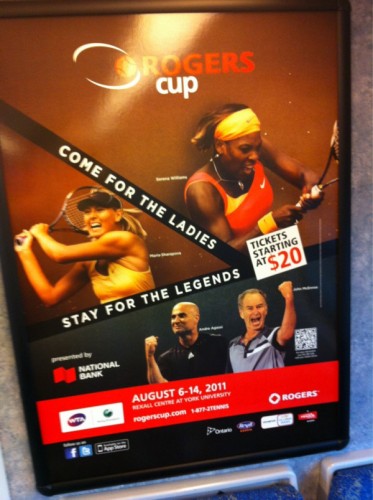Last week guest blogger Christina Barmon posted health promotional material from 1922 that emphasized physical fitness for boys and men and grace for girls and women. She concluded suggesting that such associations were still out there.
Indeed. Katrin, Greta P., and Sophie J. sent in a nice, succinct example of the divergent expectations for men’s and women’s bodies around today. We know, if we’re well-socialized, that women are supposed to be thin and men are supposed to be athletic. And, here, in this ad posted in the London Underground for Wellwoman and Wellman “sports” drinks, the message comes through loud and clear.
Wellman for “high performance health & vitality”:
Wellwoman “low calorie” drink:
Lisa Wade, PhD is an Associate Professor at Tulane University. She is the author of American Hookup, a book about college sexual culture; a textbook about gender; and a forthcoming introductory text: Terrible Magnificent Sociology. You can follow her on Twitter and Instagram.

























